Project Karyashala – strengthening the solid waste management system in Dharamshala
- Proposed areas of implementation
- Potential areas of implementation
Project Partner
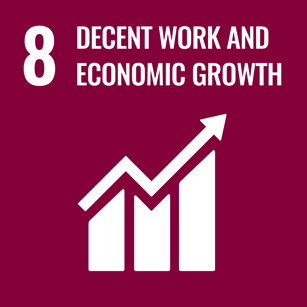
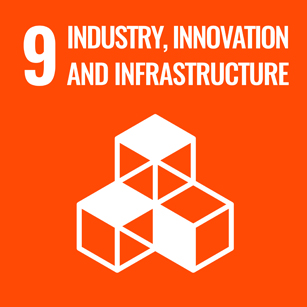

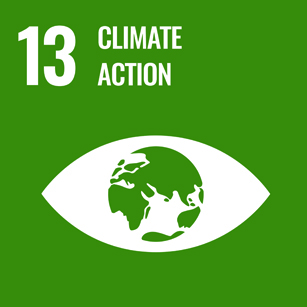
Dharamshala, an ecologically sensitive urban area in Himachal Pradesh, faces severe waste management challenges due to its high tourist influx, which has led to poor waste disposal practices, including unscientific dumping and waste burning. These practices not only contribute to greenhouse gas emissions but also threaten biodiversity, human health, and the local ecosystem, exacerbating environmental degradation and contributing to climate change. With a rapidly warming climate in the Hindu Kush Himalayas and the resulting glacial melt, there is an urgent need to tackle the waste-climate nexus and its cascading effects on downstream communities and biodiversity.
Having more than a decade of operations in the state of Himachal Pradesh, the proposed project by Waste Warriors, named – Project Karyashala addresses critical waste management challenges in Dharamshala, a key urban area in the Indian Himalayan Region (IHR). The project is focused on operationalising a Material Recovery Facility (MRF) in Dharamshala to process waste generated from 13 wards, covering over 10,000 households and impacting 40,000 citizens. Through this intervention, the project aims to mitigate 37+ metric tonnes of carbon emissions annually by processing 540 metric tonnes of waste, thus preventing waste from being dumped in landfills or burned, which exacerbates air pollution and climate change. Additionally, the project will empower a local entrepreneur to manage the MRF, create dignified livelihoods for informal waste workers, and engage the community in climate change mitigation efforts.
By enhancing the MRF’s capacity, promoting responsible waste management practices, and building local ownership, Project Karyashala seeks to foster long-term sustainability and resilience in Dharamshala. The project also aims to serve as a model for similar interventions in other Himalayan towns, contributing to broader climate action in the region.
Context
The HKH (Hindu-Kush Himalayas) houses 15,000+ glaciers and 12,000+ km2 of freshwater reserves, from which 19 major rivers in the region originate, catering to ~2 billion people in Asia. The region is warming faster than the global average (~1.3℃ while global average was 0.88℃) causing rapid decline in snowfall and glacial loss. This is further exacerbated by an often-ignored aspect of our society – waste. The Indian Himalayan Region (IHR), with a population of 50+ million (~75% rural), witnesses ~200+ million tourists annually, thereby generating over 8.4 million tonnes of waste every year. Most of this is unsegregated at source leading to over 60% being dumped openly. Tourism is one of the fastest growing industries in India, projecting a rapid increase in waste generation in these fragile ecosystems. In Himachal Pradesh, tourism contributes ~7% to the state GDP and the influx stood at ~15 million in 2022, almost twice of the local population.
Dharamshala, an urban dwelling in HP, is an Important Bird Area (IBA), and a spiritually and ecologically-blessed tourist destination. Although tourism boosts the local economy, the ecosystem has been deteriorating due to increased waste generation and poor disposal practices like unscientific dumping on slopes and plains, and waste burning by local citizens. Dumping waste leads to GHG emissions, slope failures, socio-cultural problems, downstream flooding, and health hazards from dumpsites and landfills. Burning waste releases dioxins, furans and black carbon (or PM2.5 particles that deposit on ice caps, exacerbating glacial melting), and leads to air pollution, respiratory diseases, and disruption in pollination by natural agents. Waste leachate has become a threat that leaks into the ground and rivers, reducing agricultural yield and water quality. The lack of convergence between government agencies including the Municipal Corporation, Tourism Department, Forest Department and Pollution Control Board aggravates the unmonitored waste generation and mismanagement.
MRFs, or Material Recovery Facilities, are backbones of waste management solutions that process dry waste into various categories for efficient reinjection into the value chain. Most MRFs in Himachal Pradesh are either dysfunctional, under-capacity, or operated unprofessionally like dumpsites, and do not handle low value plastics. Furthermore, there aren’t many skilled entrepreneurs for operating waste processing facilities professionally in the region.
These factors continue to put communities and the eco-sensitive landscape of Dharamshala at the risk of high climate change vulnerability, requiring urban resilience and climate change mitigation measures in the waste sector.
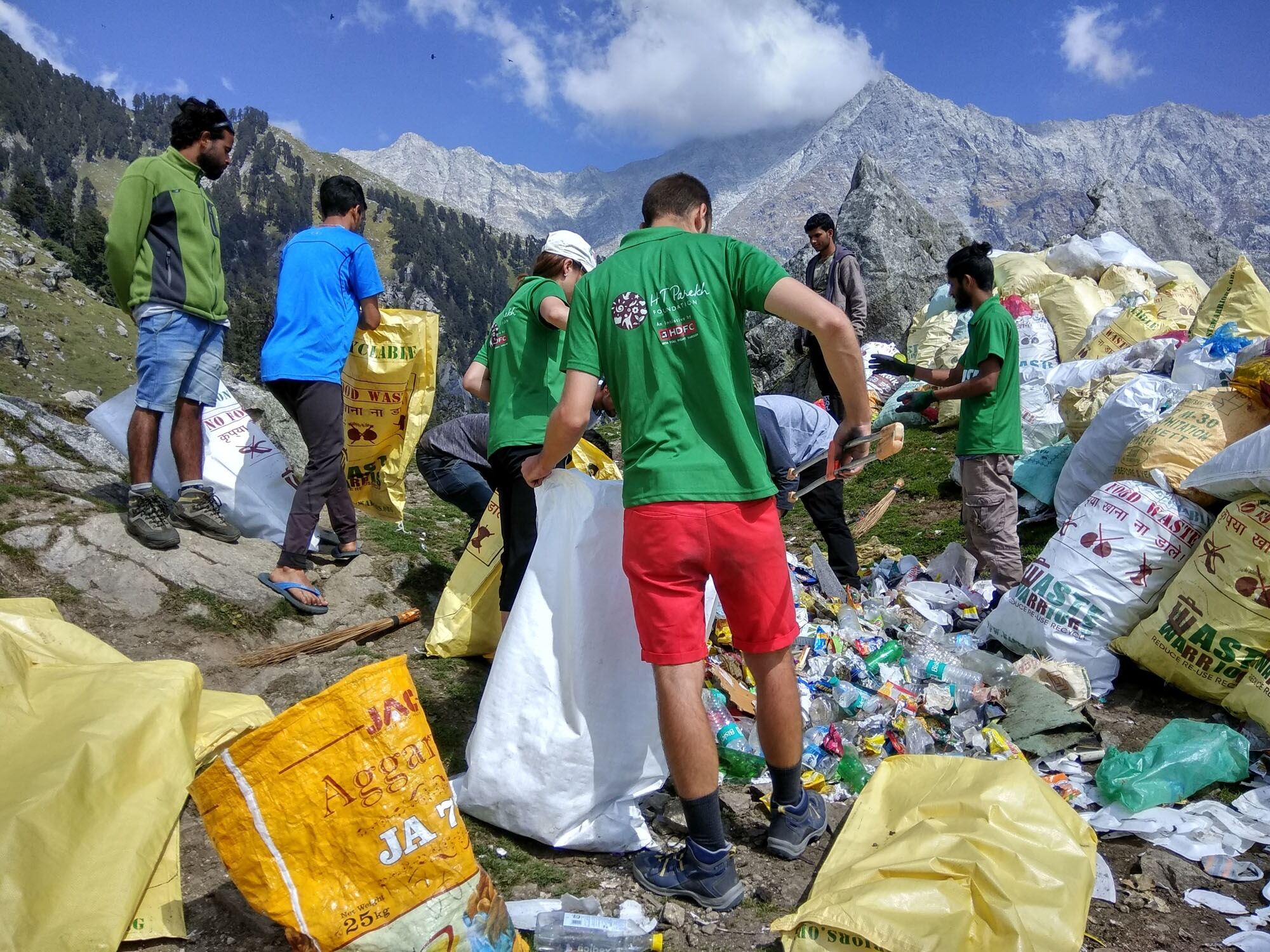
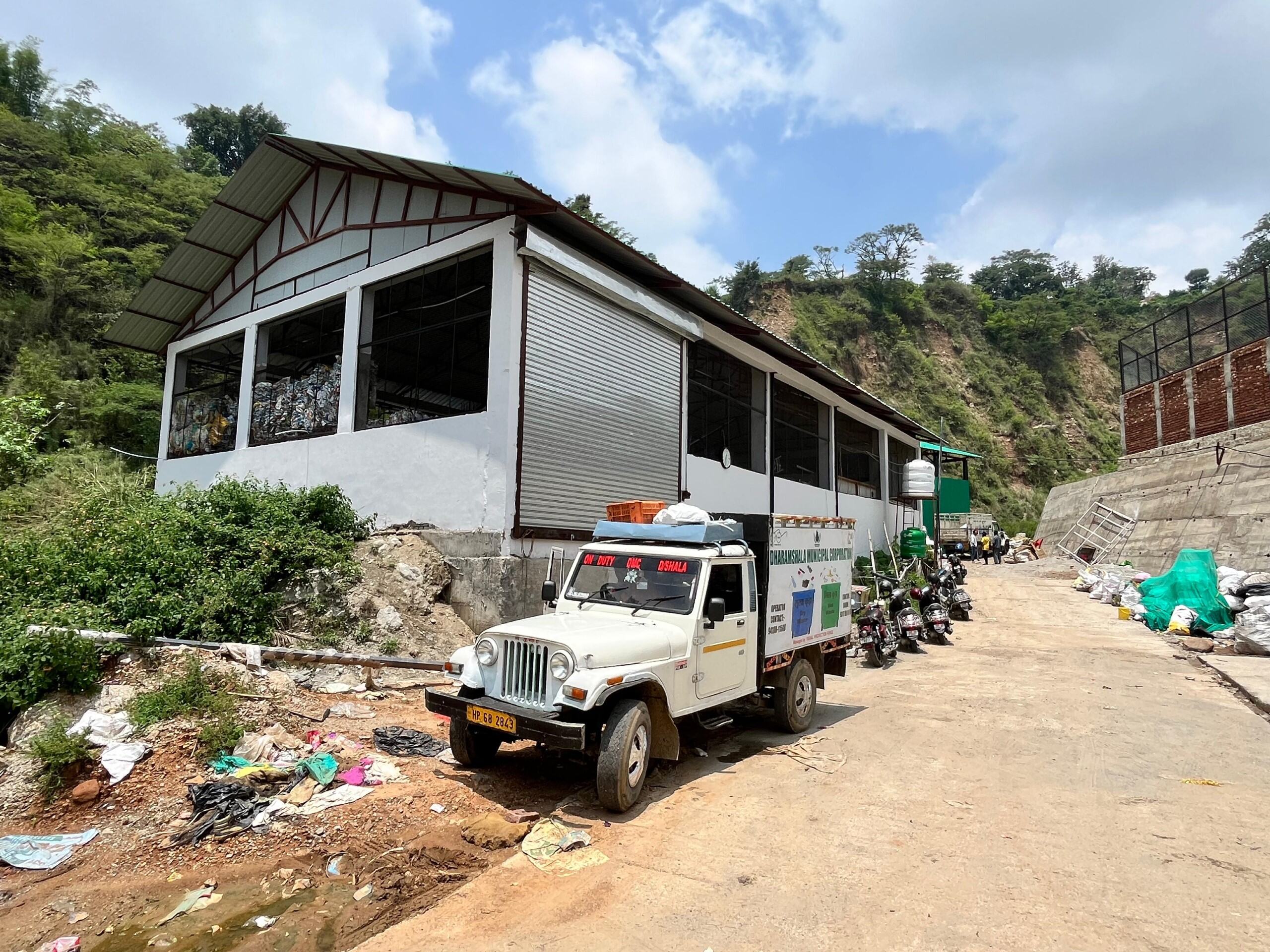
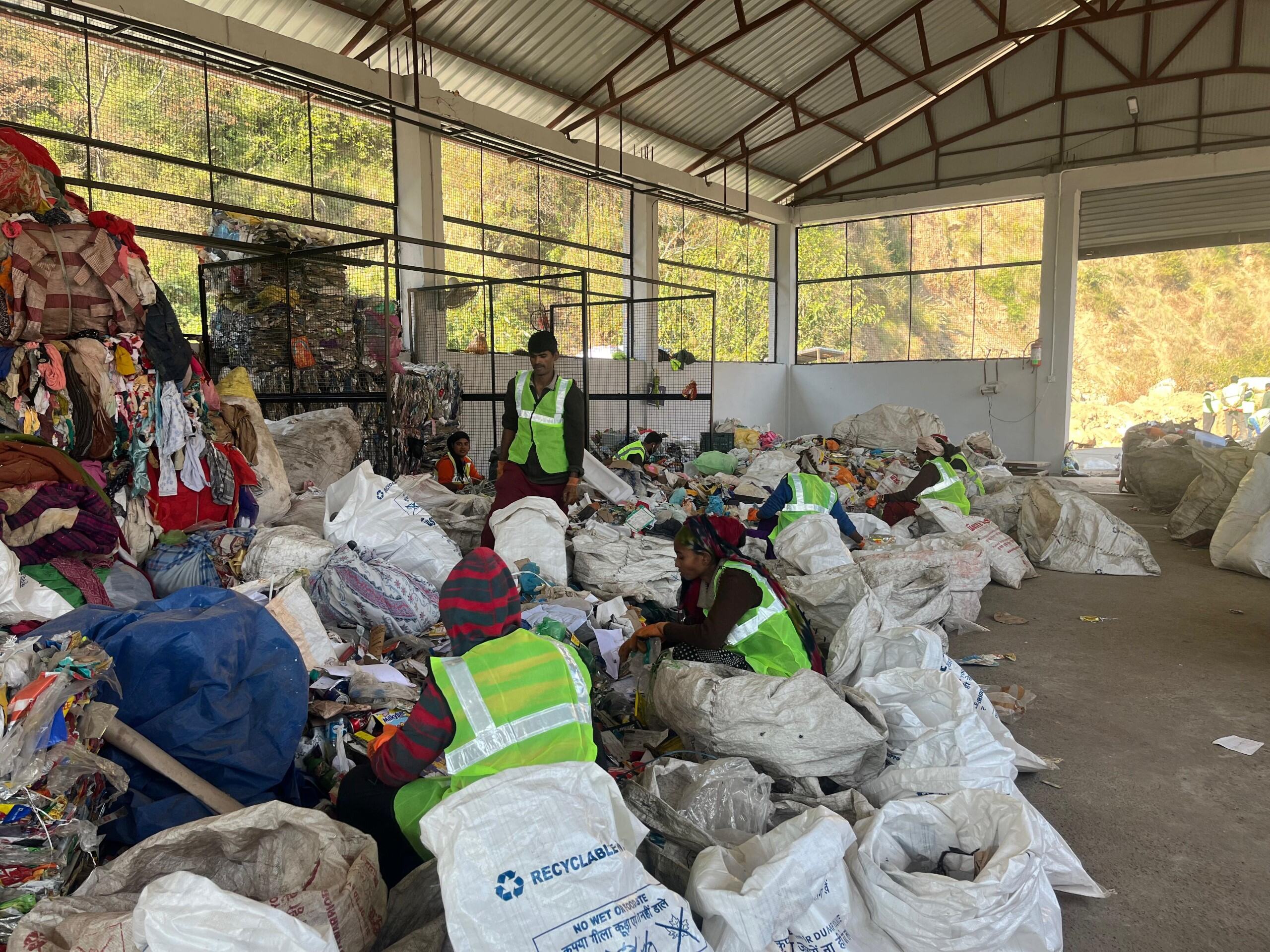
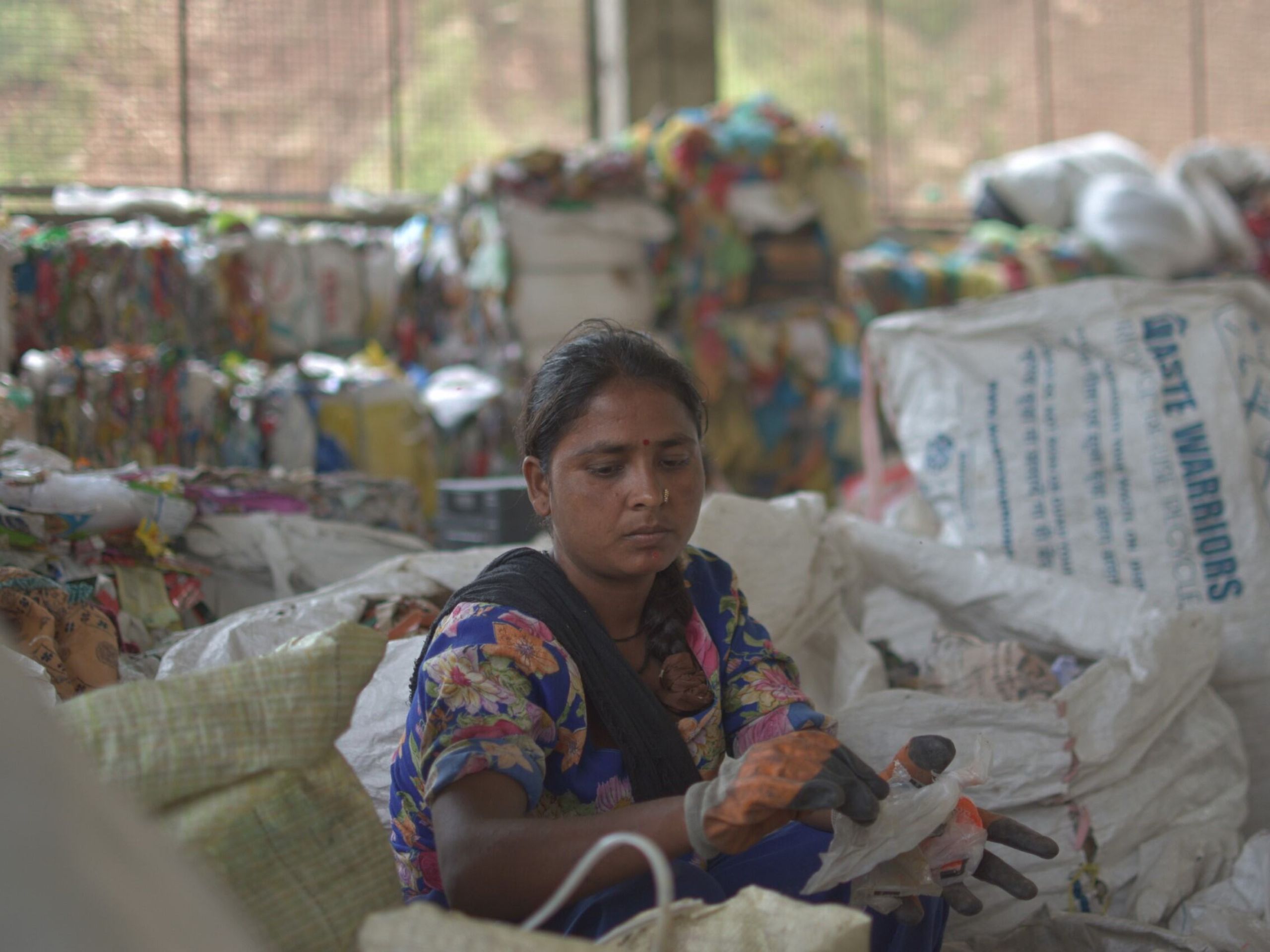
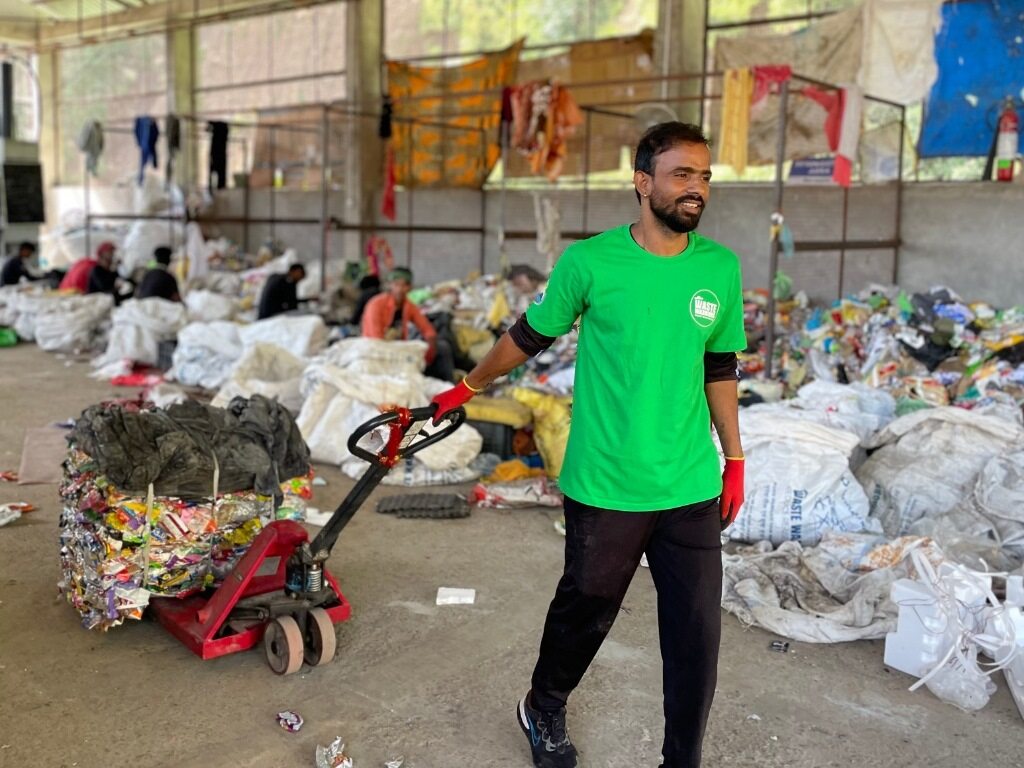
Problem statement
Dharamshala, with a population of 55,000+ people, has a daily waste generation estimated at 35 TPD. There are ~12,000 households across 17 wards in the city. The prevalent waste management practice has been dumping on slopes and burning due to lack of appropriate SWM infrastructure.
Through Project Karyashala, Waste Warriors seeks to address the following challenges:
- Resource Pollution: Waste disintegrates over time and intoxicates water tables, rivers, fertile land, and air thus directly impacting the population at large in the Indian Himalayan Region. The unscientific dumping of waste has led to the deterioration of the fragile ecosystem of the region.
- Waste-Climate Nexus: Waste contributes 3% to carbon and 20% to methane emissions globally. The particulate matter released from waste burning deposits on ice caps in the upper Himalayan region and aggravates glacial melting. This leads to cascading effects being observed downstream such as increased flash floods and outburst floods. This creates a feedback loop as waste litters downstream villages/regions, increases their dumpsite-slope sizes, and leads to flooding.
- Informal livelihoods: The informal sector comprises India’s 60-80% waste recovery. They are one of the most vulnerable communities, being exposed to socio-economic and environmental hazards. Informal waste workers (referred to as Green Workers in the project), do not receive fair wages and lack a dignified living. They are poorly skilled and do not understand the challenges of waste management.
- Human Health: Microplastics and nano-plastics when burnt release dioxins and furan – two highly potent carcinogens. Low value plastics are often burnt as fuel for cookstove or for warmth during winters. This has been identified as a major challenge in Himachal Pradesh and Uttarakhand.
- Biodiversity Impact: The forest areas around Dharamshala fall under the Dhauladhar Wildlife Sanctuary covering an area of 975 sq Kms. Marked as IBA, these forests support invaluable flora and fauna with several critically endangered species. Improper waste disposal in forests and mountainous regions attracts wildlife, leading them to consume hazardous materials. This often results in prolonged suffering and, eventually, a painful death for these animals.
Goals and objectives
Waste Warriors has been in Dharamshala for the last decade, addressing SWM gaps by building community-inclusive models in close collaboration with government agencies. Ongoing interventions have focused on addressing the entire waste value chain starting at a behaviour change level with local communities, enabling doorstep collection services, setting up waste processing infrastructure, and closing the loop with end recycler partnerships. In Dharamshala, the current project focuses on building long-term sustainability in waste processing operations by onboarding a local entrepreneur.
Through these interventions, Waste Warriors have been able to set up a Material Recovery Facility in the heart of the city of Dharamshala that is currently processing waste from 13 wards of Dharamshala, diverting 540+ MT of waste (annualised) from ending up on slopes or being burned annually. This translates to mitigation of 37+ MT of carbon emissions from entering the atmosphere. Hence, the current project proposes to strengthen the Material Recovery Facility, towards making it operationally self-sustainable by supporting and hand holding a local entrepreneur.
Waste Warriors proposes to strengthen the systemic Solid Waste Management system in Dharamshala, catering to waste generated in 13 wards i.e. ~10,000+ households, numerous commercial establishments, and ~40,000 local citizens. Project Karyashala has the following key components:
- Material Recovery Facility: Establishing infrastructure to strengthen waste management by adequately processing waste and reinjecting it into the value chain through end recycler partnerships
- Ecopreneur: Enabling local youth with entrepreneurial skills and sectoral understanding of waste management to run the MRF
- Periodic IEC: Nudging local community and tourists through periodic / mass IEC activities
Towards the same, the Project Karyashala is designed with following objectives i.e. to:
- Improve air quality, mitigate land and soil pollution by strengthening a Material Recovery Facility in Dharamshala
- Build capacity of local youth to sustainably run MRF operations and provide a safe working environment for Green Workers
- Mitigate ~37+ MT of carbon emissions annually by processing 540 tonnes of waste
- Sensitise community towards climate change mitigation through periodic IEC and behaviour change communication
- Drive convergence by partnering with government agencies and private stakeholders on the importance of addressing waste-climate nexus
- Generate stable and dignified livelihoods for informal waste workers and provide a safe working environment and better wages
Project Karyashala takes a unique approach based on the existing learnings and successes that aims to shift ownership of waste management to the local community. The project takes the following approaches:
- Working with government agencies: Given there is a strong buy-in of the local Municipal Corporation who have supported land allocation, waste diversion from landfills and partial construction work at the MRF, the facility receives waste from 13 wards currently. In the current phase, the ownership of the MRF will go to a local youth (ecopreneur) for operations who will directly liaise with government agencies.
- Going upstream to tackle waste: Instead of working at the terminal end of waste management i.e. dumpsite/landfill mitigation, Waste Warriors teams directly intervene at the community level to improve source segregation rates, thus reducing emissions upstream. The dry waste will be processed at the MRF under ecopreneur’s guidance.
- Leveraging opportunities in the waste sector: The Green Workers receive better pay than market averages, are provided healthy meals, offered safety gear and equipment and provided a safe space to work at the MRF.
- Finding avenues to generate revenue for ecopreneur: The established linkages enable plastic credit generation and EPR (Extended Producer Responsibility) for low value plastic recovery (which is otherwise ignored by informal waste sector and local contractors) in addition to mobilising funding from government agencies, recyclers, and private partnerships towards sustaining operations.
- Processing waste to recycle by downstream partners: The Material Recovery Facility processes waste by segregating into 20+ categories before sending to end recyclers for appropriate recovery and reinjection into the value chain.
- Full coverage of the entire waste value chain: From behaviour change at the household and waste generation level, followed by collection/transportation of waste, then processing of waste at MRF to finally sending it to end recyclers, our past interventions span the entire value chain of waste.
About the organisation
Waste Warriors Society is a non-profit organisation catalysing systemic change to solve the waste management crisis in the Indian Himalayan Region. Our work lies at the intersection of Climate Change, Biodiversity Habitat Conservation, and Informal livelihoods. With a team of 200+ Warriors spread across various locations nestled in the beautiful landscapes of Uttarakhand and Himachal Pradesh, we strive to create effective waste management solutions across urban and rural landscapes, with a special focus on eco-sensitive and tourist areas. Our focus lies in enabling better governance, addressing infrastructure and policy gaps, and activating communities to co-create solutions. Also, we promote local entrepreneurship with the aim to ignite agency in women and youth to earn their identity through dignified livelihoods.
Waste Warriors has been recognised and awarded by various national and international agencies. Some of these recognitions include:
- Keeling Curve Prize by The Global Warming Mitigation Project (USA)
Awarded to 10 solutions globally that reduce, remove and mitigate GHG emissions from entering the atmosphere. - SDG Goalkeepers Award by Center for Public Policy and Good Governance, Government of Uttarakhand (awarded by the Chief Minister of Uttarakhand)
- Swachhta Pakhwada Award by Hon’ble CM Pushkar S. Dhami, recognizing our efforts in promoting cleanliness and hygiene.






